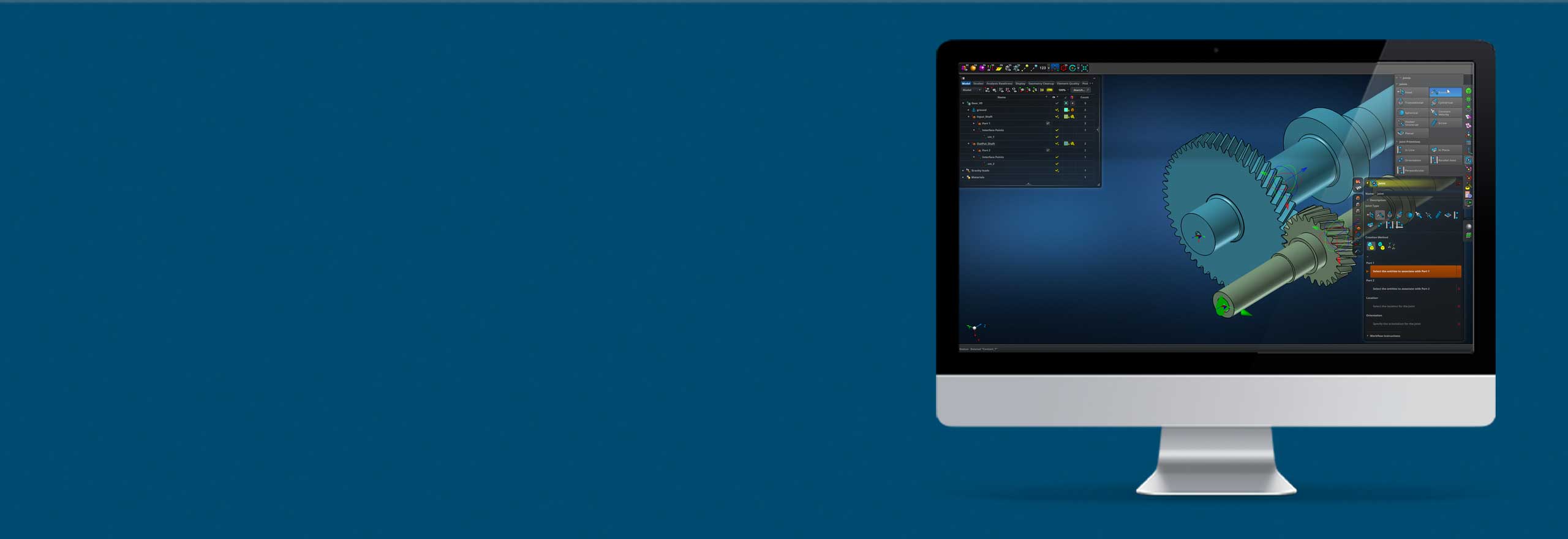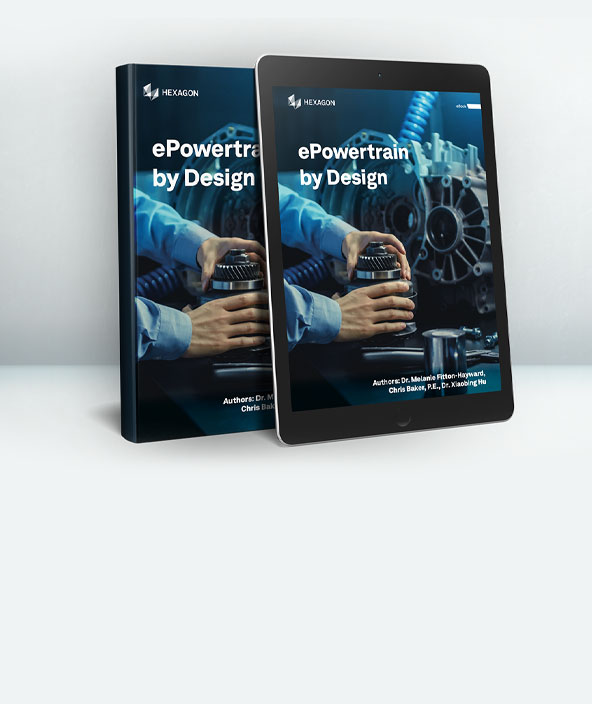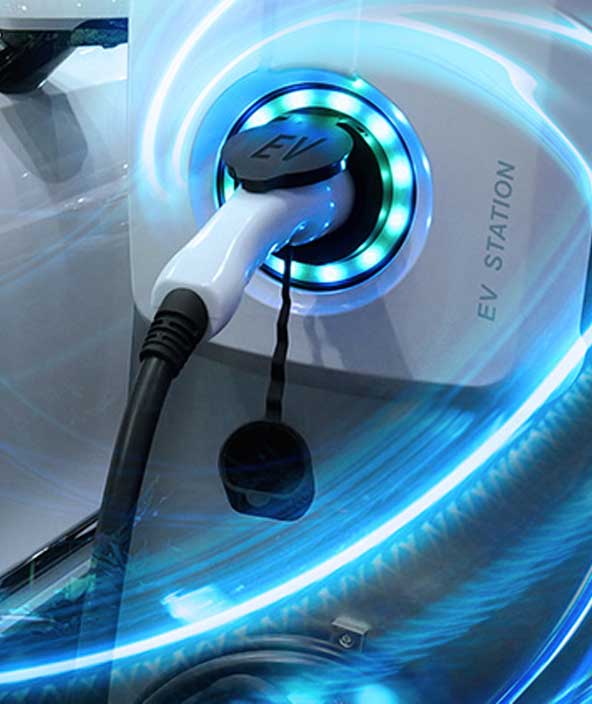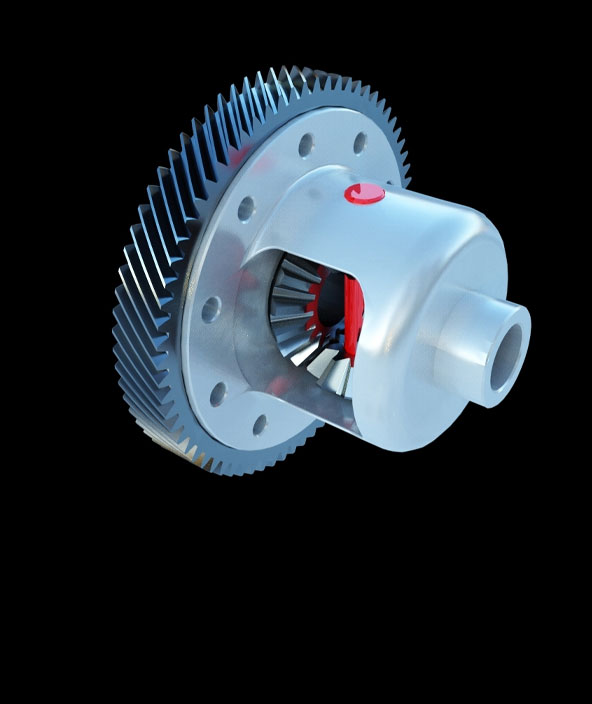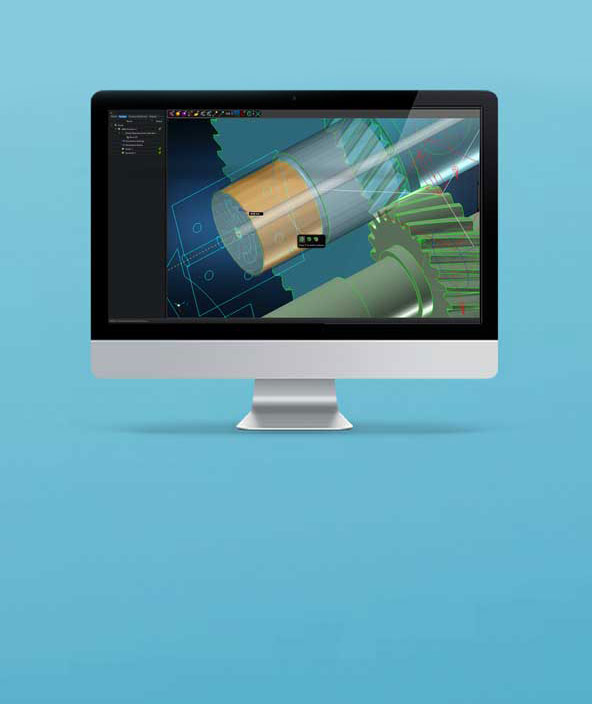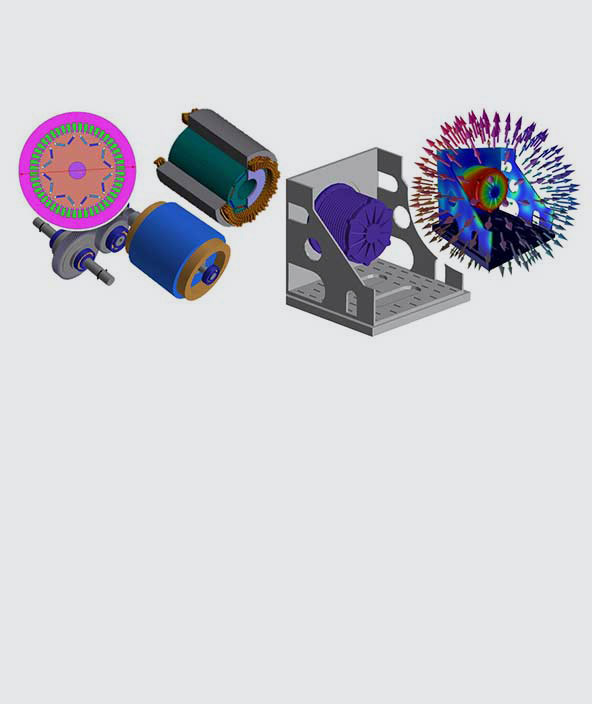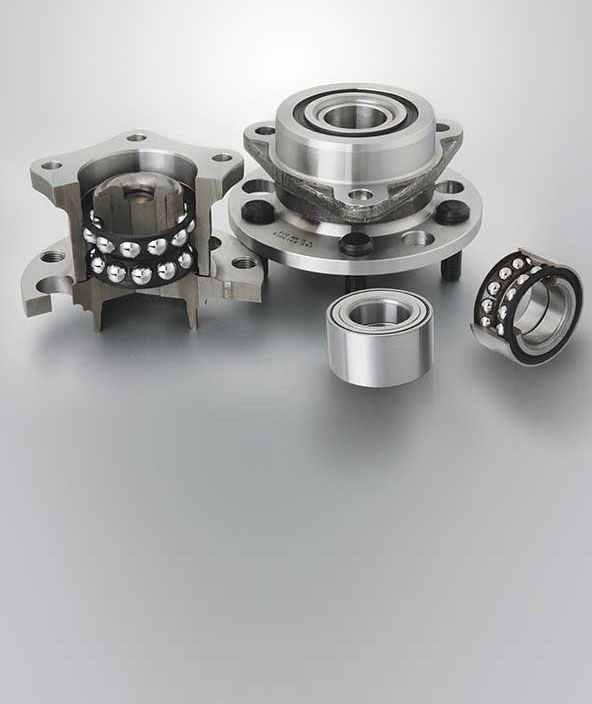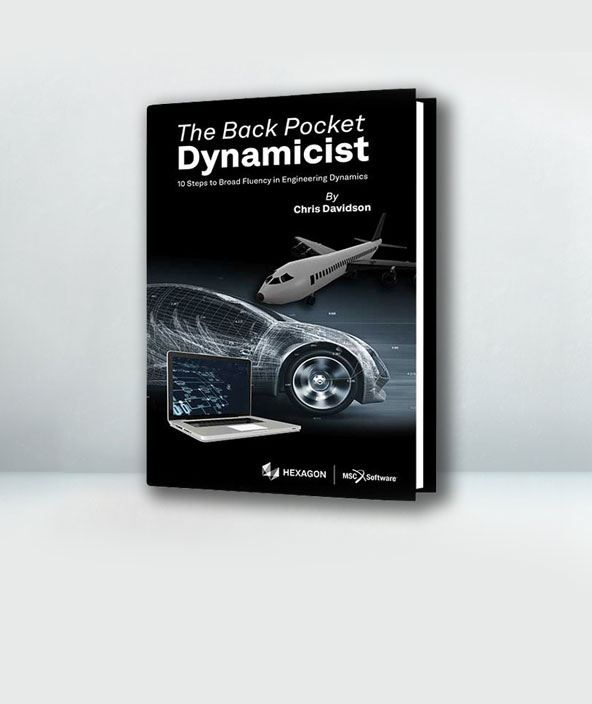System dynamics
Use multi-fidelity, multi-physics system simulation for engineering insight and reduced prototyping.
Ready to learn more?
Dynamic system simulation must consider complex multibody interactions. Hexagon’s system dynamics solutions offer system-level insight into movement, enabling CAE-led development of complex products with reduced prototyping and enhanced collaboration through workflows with other Hexagon and third-party tools.
System simulation
-
Holistic design
-
Durability
-
Noise, vibration and harshness
-
Real time
-
ePowertrain
Concept component design to vehicle sign-off
Different stages of product development pose varied challenges and require tailored simulation methods. In the early stages, before many elements are fixed, engineers must explore the design space and understand the impact of decisions they make.
When signing-off a final design, accurate analyses are critical to capture system performance considering manufacturing and tolerances. Throughout the process, a combination of system, sub-system and component approaches are required. To reduce inefficiencies and enable robust processes, system dynamics simulation tools should support various model fidelities and constraints, such as real-time computation, and link to other tools in the process.
Hexagon’s system dynamics portfolio spans the development process, from "blank sheet" 2D transmission design, through detailed subsystem optimisation, to full-vehicle virtual product sign-off. Intelligently integrated into the wider CAE ecosystem, our tools support robust, collaborative processes.

Minimise cost of durability challenges
Durability testing is a critical aspect of product development across industries. The ability to answer the question "will it last?" can affect both component design and entire system design.
Durability issues discovered late in the cycle cost time and money to fix. If they are not addressed before product launch, they can lead to warranty costs and lower customer satisfaction. Optimal durability characteristics often conflict with other attributes such as noise, vibration and harshness (NVH), and finding a way to balance these competing requirements is necessary and difficult.
Virtual durability testing has led to significant reductions in development cycles while yielding products with improved durability. Hexagon’s system dynamics tools allow engineers to investigate durability issues from component failures to stress, strain and life. And with tools to simultaneously investigate and optimise for other performance targets, such as efficiency and NVH, it's easier to prioritise when and where to make trade-offs.

NVH assessment and optimisation
Noise, vibration and harshness (NVH) are key metrics in mechanical design. Since excitations in one part of the system may interact with those in other parts, system modelling approaches are key to capturing these effects virtually.
Candidate designs should be simulated early in the design process to minimise the chance of surprises or unwanted behaviour in late-stage NVH testing and prototyping. Simulation of system vibration and radiated noise responses provide insight into creating better, quieter products.
Hexagon offers a broad variety of simulation solutions for system-level NVH analysis and optimisation, from gear and electric machine design through vehicle sound-quality assessment. With NVH being a key part of end-customer product perception, our tools enable insight into system NVH behaviour throughout the process, and ultimately bring higher-quality products to market more quickly.

xIL simulations for validation
Real-time computational speed is a prerequisite when combining software models with hardware components, such as a chassis stability controller, vision / range sensors or a driving simulator.
With Hexagon’s real-time system dynamics solutions, analysts can reuse existing models for high-fidelity, off-line simulations, through software-in-the-loop (SiL) to hardware-in-the-loop (HiL) and advanced driver assistance systems (ADAS) applications. This one tool / one model approach has the potential to remove weeks from the typical mechanical development programme and save tens of thousands of dollars by eliminating the error-prone model translations between different tools.

Expertise in gear and bearing simulation
In complex powertrain systems, whole-system simulation is critical. Considering the interactions between shafts, gears and bearings, together with the eMachine, is essential to ensuring complete understanding of system behaviour.
Gears might be designed with durability and NVH in mind, but also need to be efficient and experience minimal power loss. Bearing designers must be able to understand bearing failures, assess factors impacting bearing durability, and find (or design) the right bearing for a particular application while maintaining independence from suppliers.
Hexagon’s system dynamics tools offer whole system transmission simulation, allowing engineers to develop the optimum component designs in the context of the specific application. From advanced bearing simulation to optimisation procedures that quickly evaluate thousands of potential gear geometry candidates, our tools provide unrivalled insight into component design while accounting for full system effects.

Explore
$ProductName
$SustainabilityImpactLabel
$SustainabilityCTABandHeadingLabel
We’re climbing the automation curve
Our transition to Intelligent automation is accelerating. Ultimately, our innovations will give rise to new technologies and applications - many of which we’ve yet to imagine. Today, every Hexagon solution is mapped and tagged according to its level of automation, so customers can clearly track our progress towards the freedom of autonomy.
Land
Products that make an environmental impact in forest monitoring, material reusability, farming or water usage.
Air
Products that make an environmental impact in renewable energy, noise pollution elimination and e-mobility.
Water
Products that make an environmental impact in saving our oceans, reducing pollution and increasing access to clean water.



